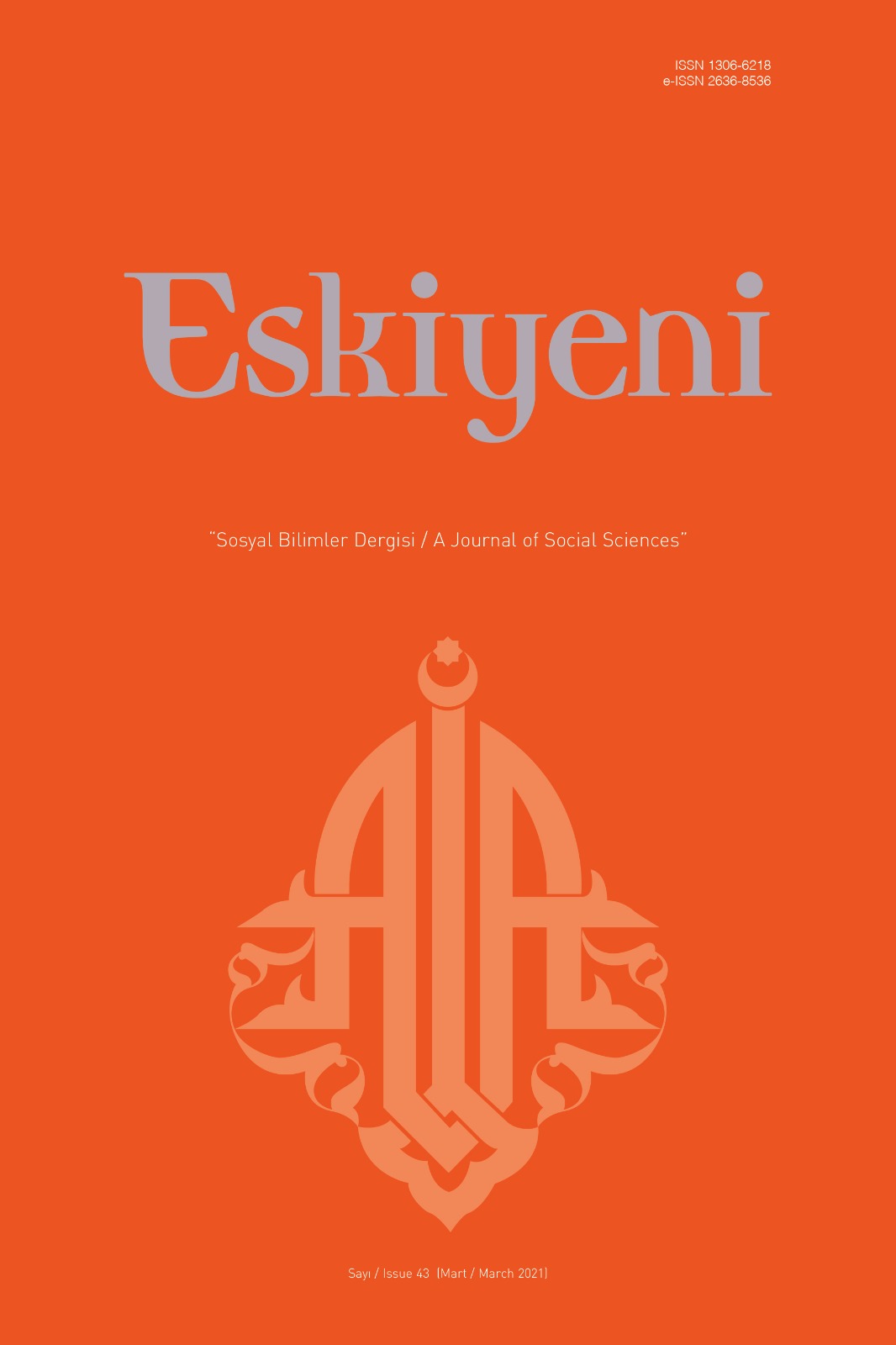Hz. Mâriye bint Şem‘ûn’a Atılan İftira ve Sünnî-Şiî Geleneklerdeki Rivayet Farklılıklarının Sebepleri
Slander against Māriya bt. Shamʿūn and Reasons for the Differences in Narration in the Sunnī-Shīʿī Traditions
Author(s): Recep ErkocaaslanSubject(s): History of Islam
Published by: Anadolu İlahiyat Akademisi
Keywords: History of Islam; the Prophet Muḥammad; Māriya bt. Shamʿūn; Slander; Sunnī, Shīʿī;
Summary/Abstract: After the Prophet Muḥammad started to invite people to Islam, he was subjected to many attacks. Not only the Prophet Muḥammad but the people who were close to him were also quite affected by those attacks. The attacks that the Prophet Muḥammad and his relatives were subjected to during the Mecca period generally occurred in the form of insults and physical attacks. During the Medina period, some groups that were enemies of the Prophet Muḥammad and Islam did not dare to attack Muslims physically instead continued their attacks through adverse propaganda and slander. Although these groups, which were hostile to Islam and led by the hypocrites, had many attacks against the Prophet Muḥammad and Islam, the two incidents that directly targeted the Prophet Muḥammad’s family are quite different from the others. The first of these is the slander against ʿĀʾisha bt. Abī Bakr, known as the Incident of Ifk. Since some Muslims were also abuses of this slander, the incident grew considerably and as a result of this, it was examined in detail in the sources. The second attacks of the hypocrites on the Prophet Muḥammad’s privacy were carried out through Māriya bt. Shamʿūn. On account of the adultery slander against Māriya bt. Shamʿūn is probably carried out in a narrower framework, it has not been scrutinized sufficiently in the sources. No information is given in Sunnī sources about who initiated and spread this slander. Shīʿī sources are divided into two groups on this issue. While the first group recounted the event in a way similar to the narration in Sunnī sources, the other group presented narratives claiming that it was ʿĀʾisha bt. Abī Bakr who initiated the slander against Māriya bt. Shamʿūn. Therefore, it can be stated that the first point to be illuminated in the case of slander against Māriya bt. Shamʿūn is the way it occurred. It is also one of the issues that need to be answered why this event is examined through different narrations in Sunnī and Shīʿī sources. Hence, in this study, it will be tried to find an answer to whether the narratives that convey the slander against Māriya bt. Shamʿūn have reached the present day accurately by considering these two basic problems. As far as it can be determined, since there is no independent study or detailed explanation on the subject, this study will be the first to deal with the subject comprehensively. The main disadvantage of the study is that such an important issue will be dealt with for the first time with very limited information. Despite these difficulties mentioned above, the study first tried to explain how the incident was handled in Sunnī sources. Later, some Sunnī sources that have been instrumental in reaching the narratives to the present day were revealed, and an isnād study (the chain of narrators) was made based on the narration in a Muslim’s work named al-Jāmiʿ al-ṣaḥīḥ. As a result of this isnād study, it was concluded that the narration reached the present day through thiḳa (reliable informant) narrators. In the second part of the study, how the slander against Māriya bt. Shamʿūn is handled in Shīʿī sources was examined, and the reasons of why the event was reported differently from Sunnī sources in some Shīʿī sources were explained. It was also revealed that it was impossible for the incident to take place in that way, and it was concluded that these narratives were fabricated to support the Shīʿī ideology.
Journal: Eskiyeni
- Issue Year: 2021
- Issue No: 43
- Page Range: 11-26
- Page Count: 16
- Language: Turkish

